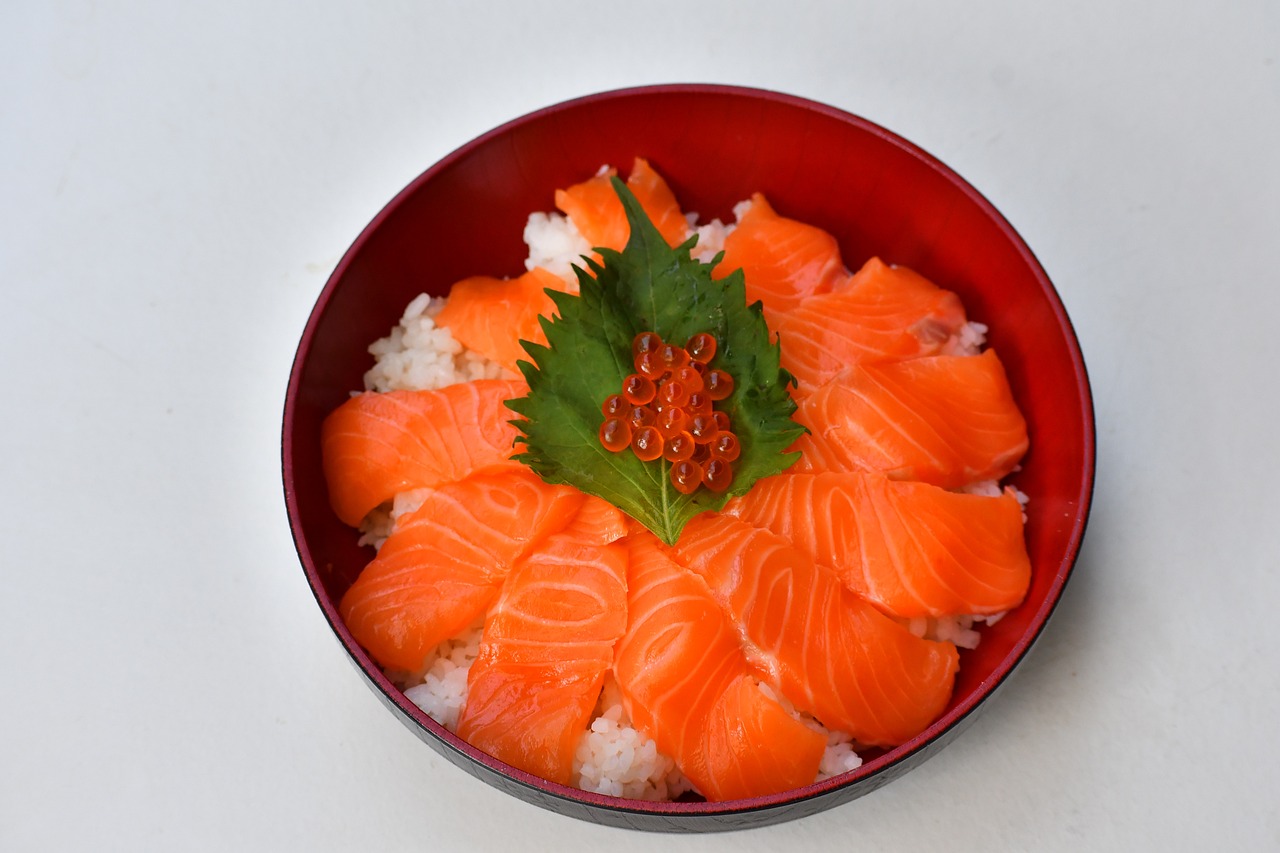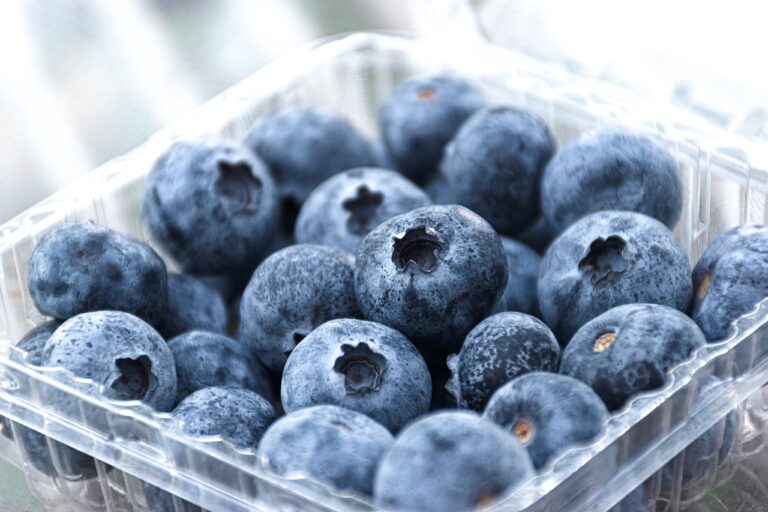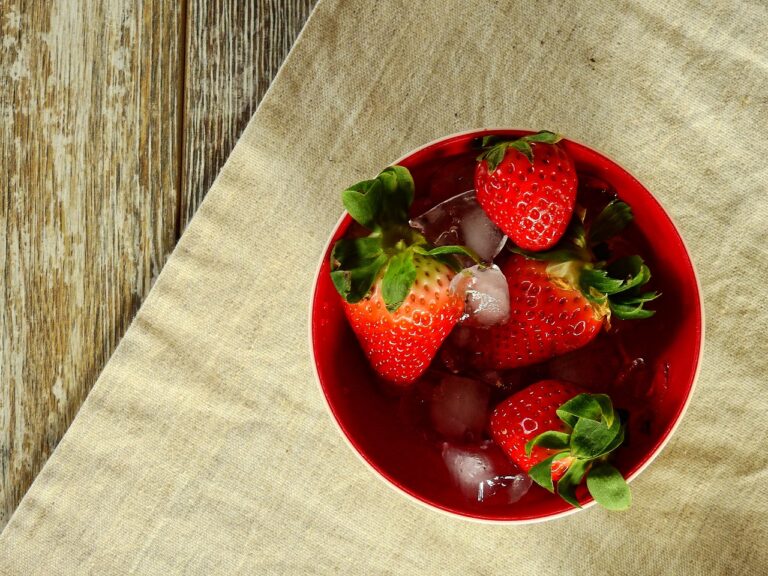The Science Behind Food Additives: Separating Fact from Fiction
Food additives are often thought of as harmful chemicals that are added to food products for no valid reason. This misconception leads many people to believe that all food additives are unsafe for consumption. However, it is essential to understand that not all additives are harmful. In fact, many additives serve a specific purpose in improving the taste, texture, appearance, and shelf life of food products.
Another common misconception about food additives is that they are completely unnatural and have no place in a healthy diet. While some additives are indeed synthetic substances, not all additives are artificial. Many food additives are derived from natural sources and have been used for centuries to preserve food or enhance its flavor. It is important to differentiate between harmful synthetic additives and safe, natural additives that have been deemed acceptable by regulatory authorities.
Understanding the Purpose of Food Additives
Food additives play a crucial role in the food industry by enhancing the taste, texture, appearance, and shelf life of various food products. They are used to maintain or improve the quality of food, ensuring that it is safe for consumption. Without additives, many food items would spoil quickly or lack the desired characteristics that make them appealing to consumers.
Additionally, food additives help food manufacturers meet consumer demands for convenience and variety. By incorporating additives into products, manufacturers can produce items that are easy to store, transport, and prepare. This allows consumers to enjoy a wider range of food options that are convenient to use in their everyday lives.
Different Types of Food Additives and Their Functions
When it comes to food additives, they can be categorized into various types based on their functions. One common type is preservatives, which are added to food products to extend their shelf life by inhibiting the growth of bacteria, yeast, and mold. Examples of preservatives include sodium benzoate and sorbic acid.
Another type of food additive is antioxidants, which help prevent the oxidation of fats and oils in food products, thus extending their freshness and preventing rancidity. Common antioxidants used in the food industry include vitamin E, vitamin C, and butylated hydroxyanisole (BHA).
What are some common misconceptions about food additives?
Some common misconceptions about food additives include the belief that all additives are harmful, that they are only used to extend shelf life, and that they are not thoroughly tested for safety.
Why are food additives used in the first place?
Food additives are used for a variety of reasons, including enhancing flavor, improving texture, increasing shelf life, and maintaining the nutritional value of foods.
What are some examples of different types of food additives?
Some examples of food additives include preservatives, antioxidants, emulsifiers, stabilizers, sweeteners, colorings, and flavor enhancers.
What is the function of preservatives in food additives?
Preservatives are used to prevent the growth of bacteria, mold, and yeast in food, thereby extending its shelf life and ensuring its safety for consumption.
How do antioxidants function as food additives?
Antioxidants help prevent the oxidation of fats and oils in food, which can lead to rancidity and spoilage. They also help maintain the nutritional value of foods by preventing the loss of vitamins and nutrients.
Are food additives thoroughly tested for safety?
Yes, food additives undergo rigorous testing by regulatory agencies to ensure that they are safe for consumption. These tests include studies on toxicity, allergenicity, and potential side effects.







